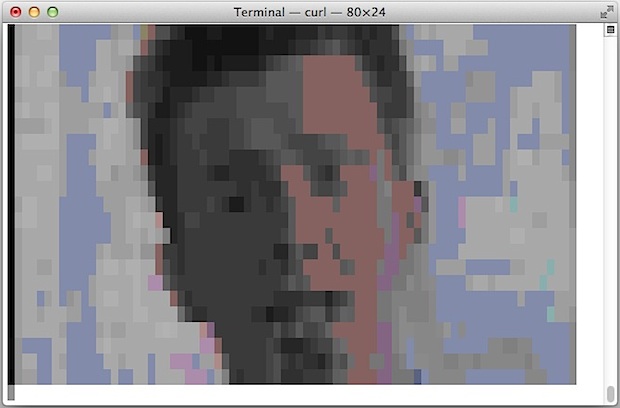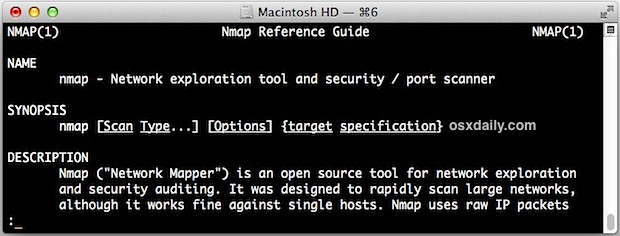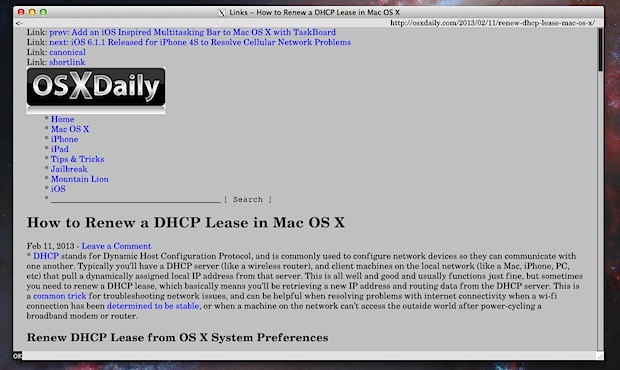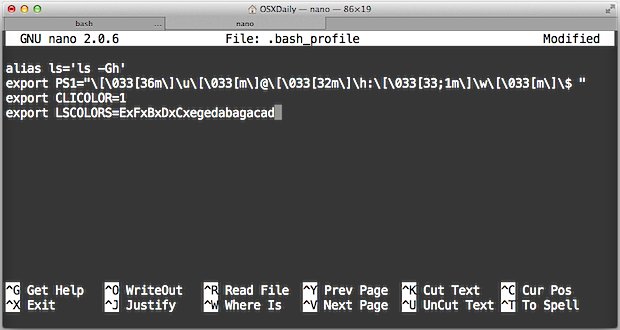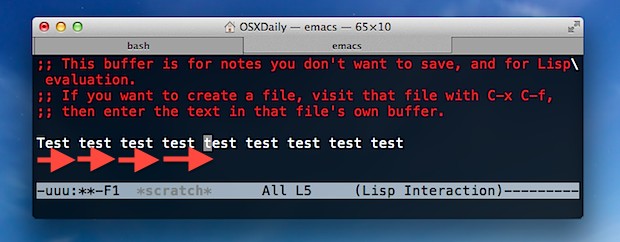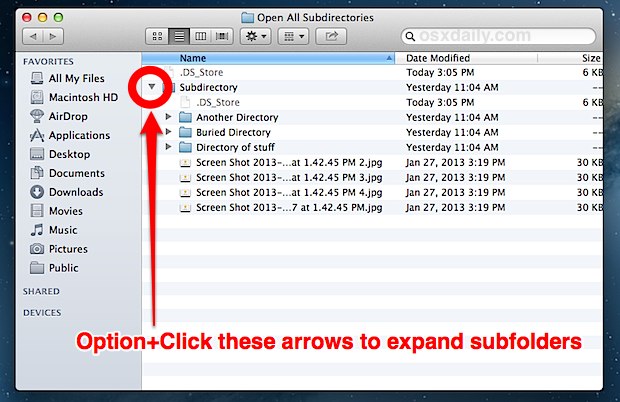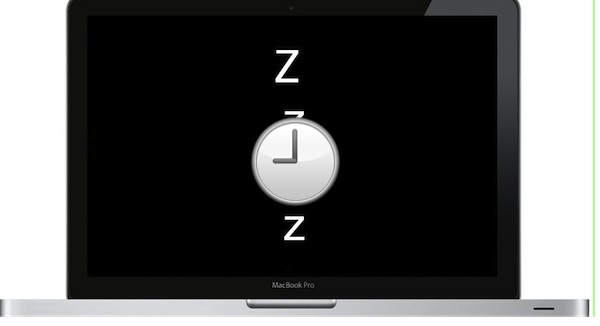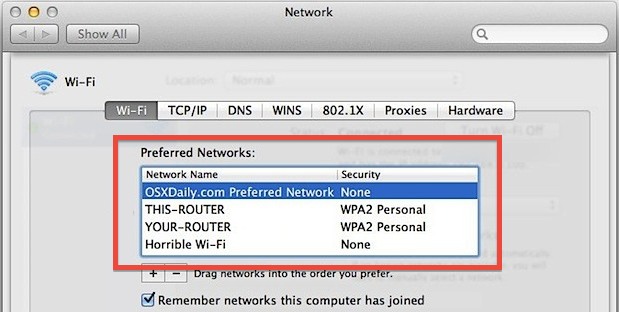Improve Command Line History Search with These .inputrc Modifications

If you’re a heavy command line user, you’re probably well aware that the arrow keys can be used to flip through previously executed commands and the tab key can complete them. But both of these functions can be significantly improved upon for searching through past command history by adding a few modifications to your .inputrc … Read More



